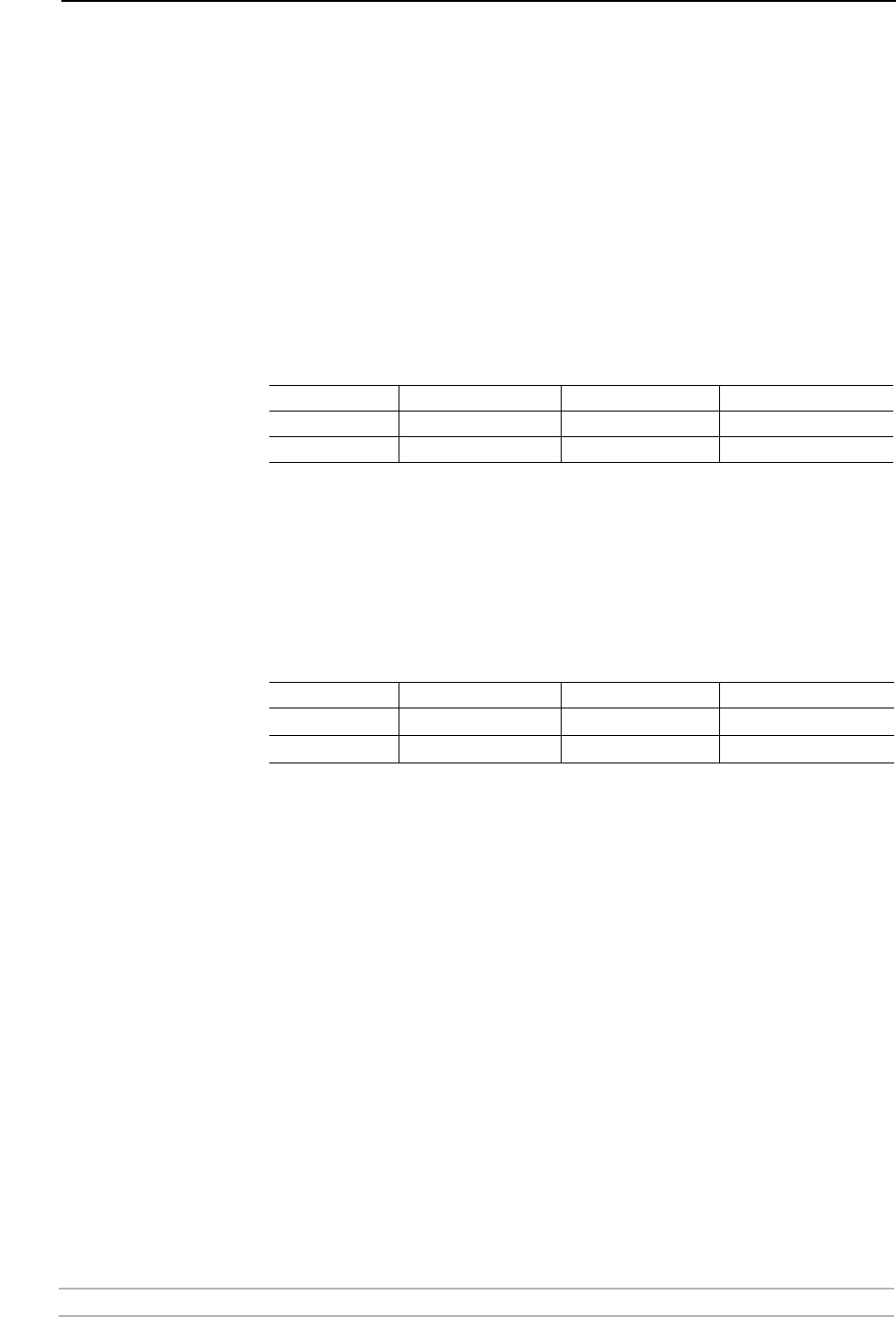
IP Addressing
AXIS 5900 User’s Manual 131
Type Two
In larger (Class B) networks, where there are more devices, the IP address
of ‘162.168.3.191’ is split into two parts but is structured differently:
• Part one (‘162.168’) identifies the network on which the device resides.
• Part two (‘.3.191’) identifies the device within the network.
This type of IP Address operates on a subnet mask of ‘255.255.0.0’.
Default Gateway
Examples
1. This example shows a network with:
• one computer
• one networked printer
•no router
* When no router is present on the network, the default gateway can be
left undefined.
2. This example shows a network with:
• one computer
• one networked printer
• a router with IP value: 192.168.3.1
Obtaining an IP
Address and Subnet
Mask
There are three different ways to obtain an IP address and subnet mask.
These are:
• Dynamic Host Configuration Protocol (DHCP) Addressing
• Static Addressing
• Automatic Addressing (Auto-IP Addressing)
DHCP Addressing If your network contains a DHCP server, print servers on your network
will obtain an IP address and subnet mask automatically. DHCP assigns a
temporary IP address and subnet mask which gets reallocated once you
disconnect from the network. DHCP will work on any client Operating
System such as Windows 95, 98 or NT. Also, using DHCP means that the
same IP address and subnet mask will never be duplicated for devices on
the network. DHCP is particularly useful for networks with large numbers
of users on them.
Static Addressing With this method you must enter an IP Address and the subnet mask
manually on every device. Using a static IP and subnet mask means the
address is permanently fixed.
Device IP address Subnet Mask Default Gateway
print server 192.168.3.191 255.255.255.0 *
pc1 192.168.3.192 255.255.255.0 *
Device IP address Subnet Mask Default Gateway
print server 192.168.3.191 255.255.255.0 192.168.3.1
pc1 192.168.3.192 255.255.255.0 192.168.3.1


















